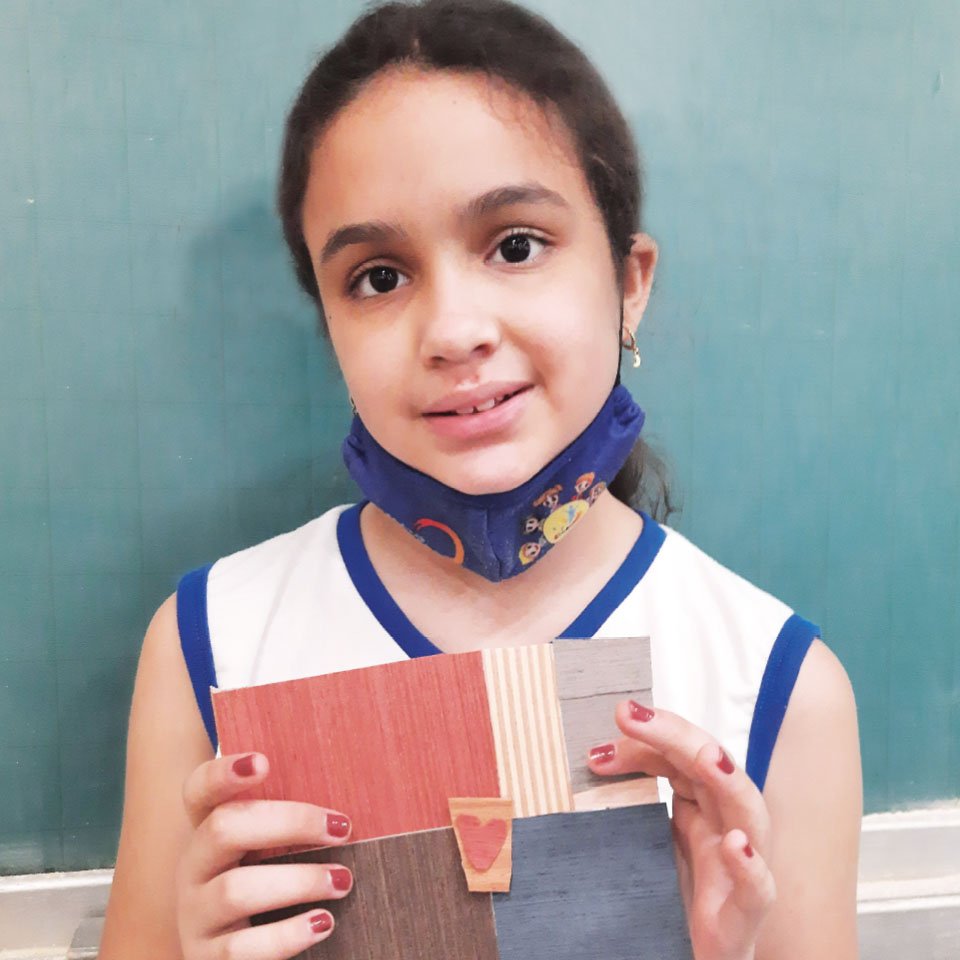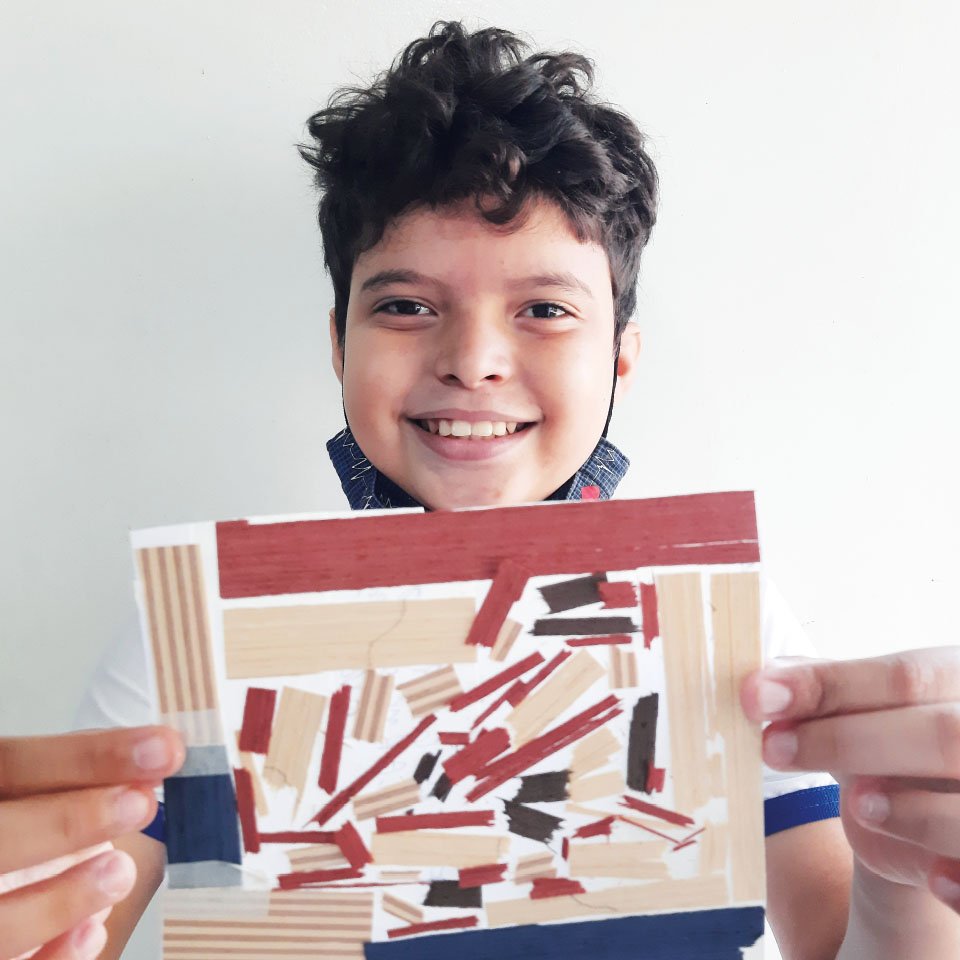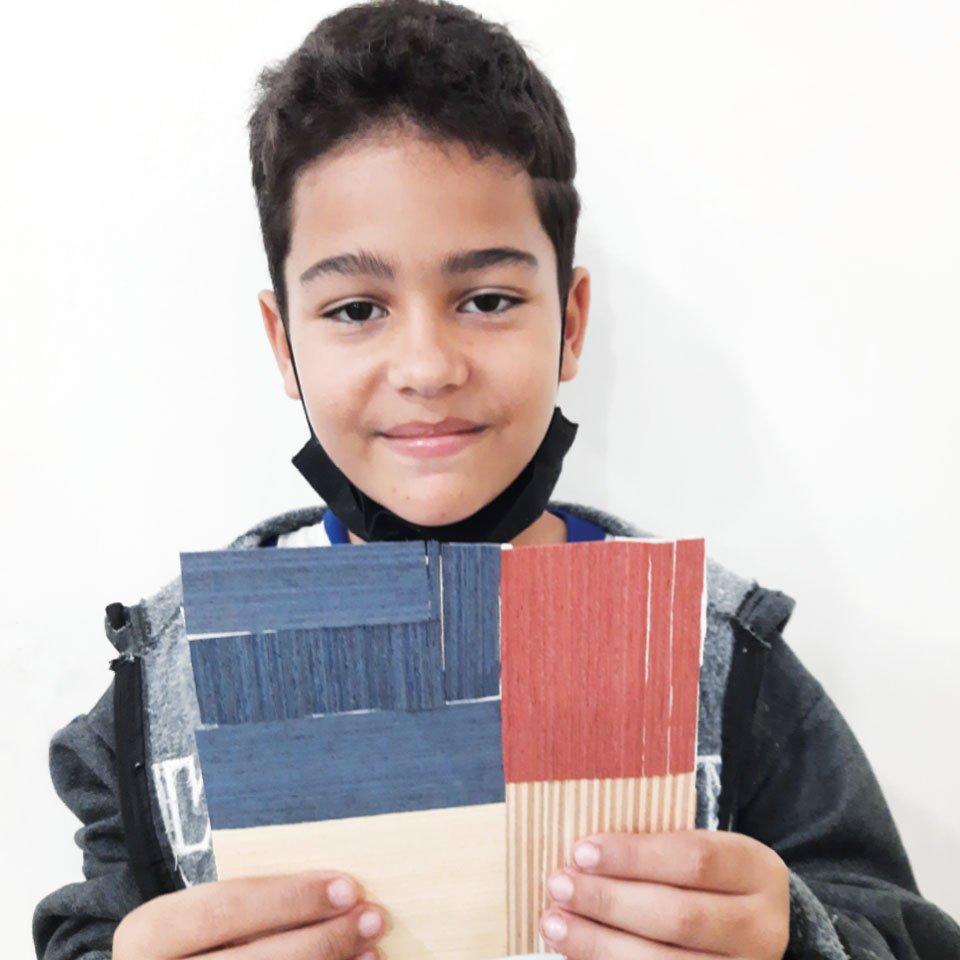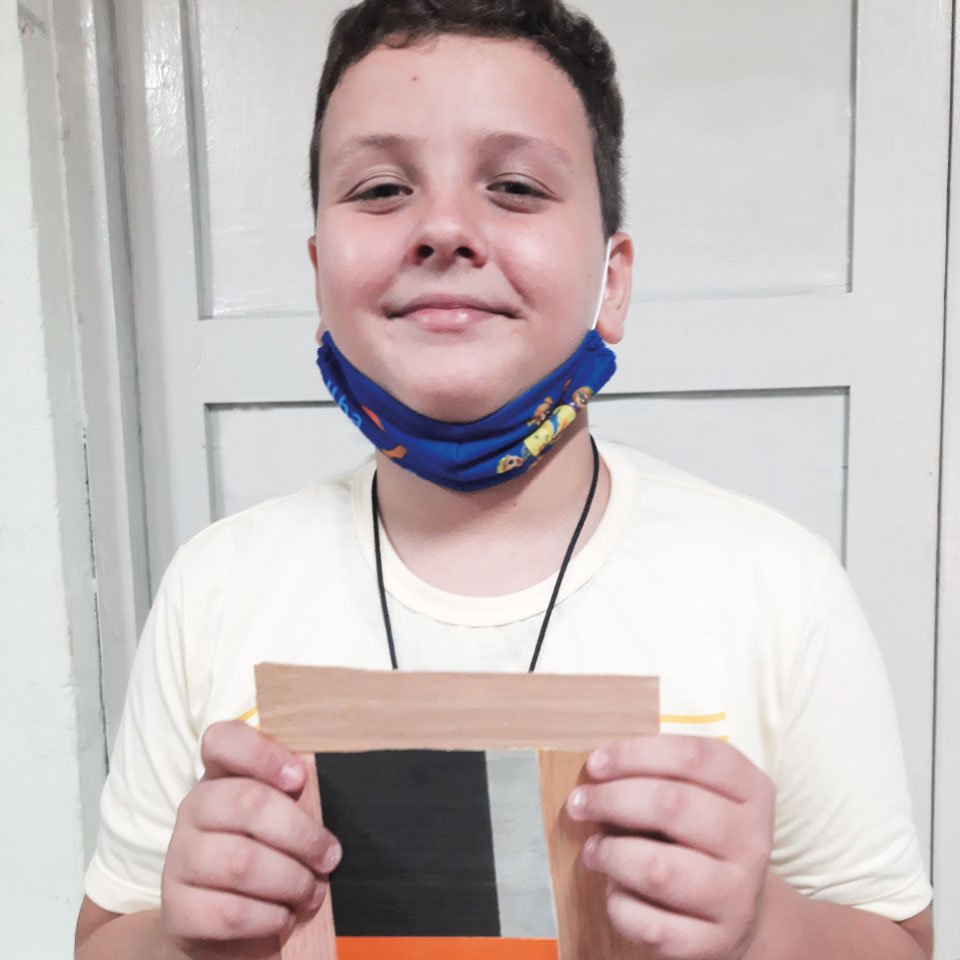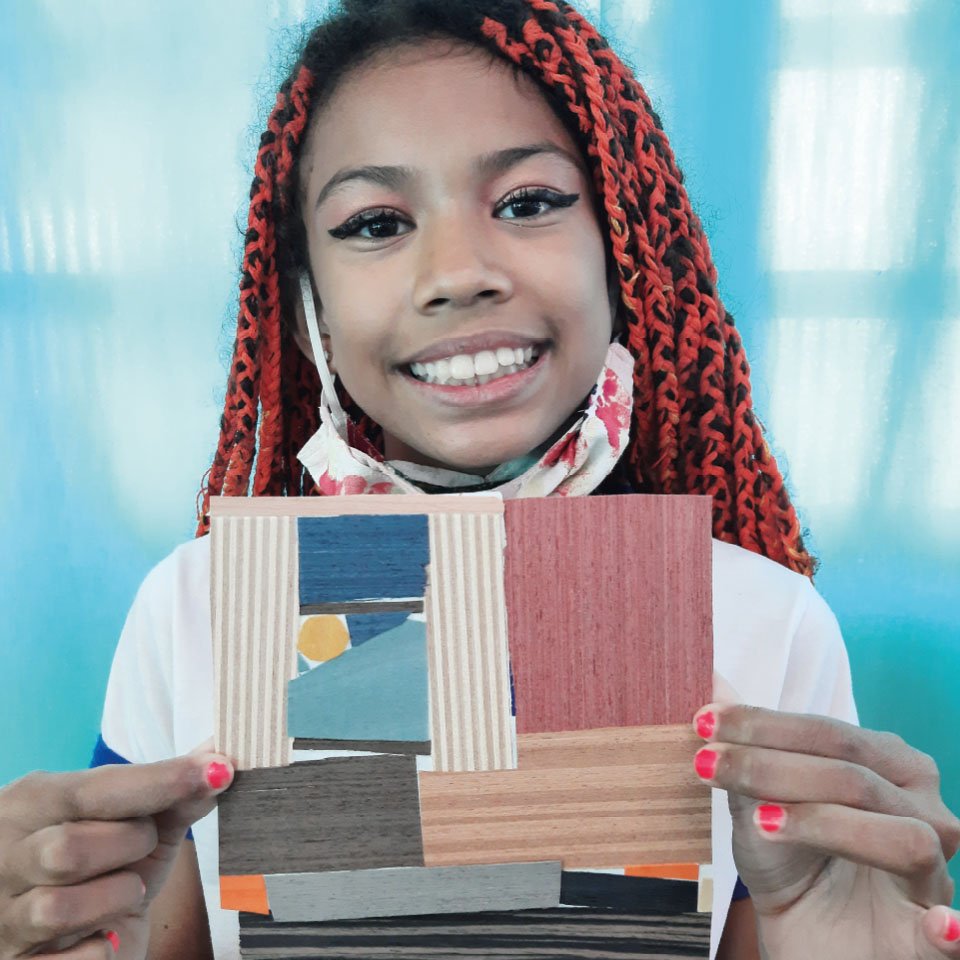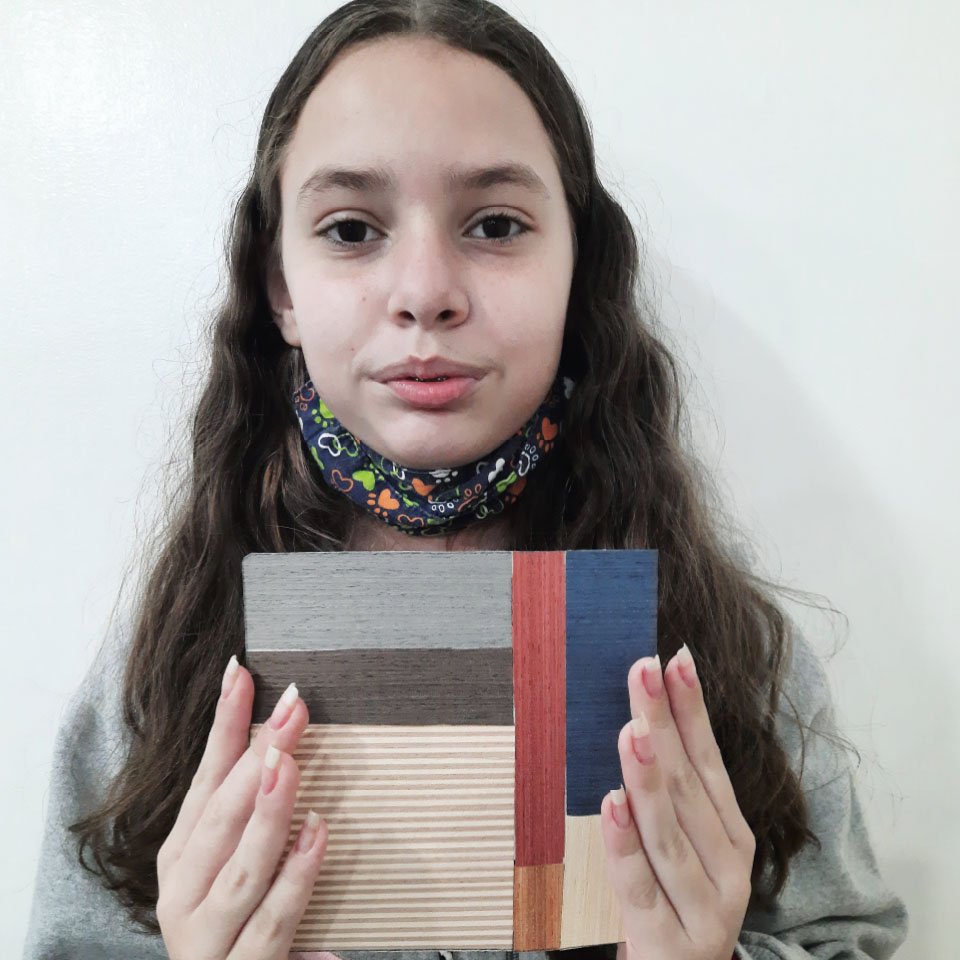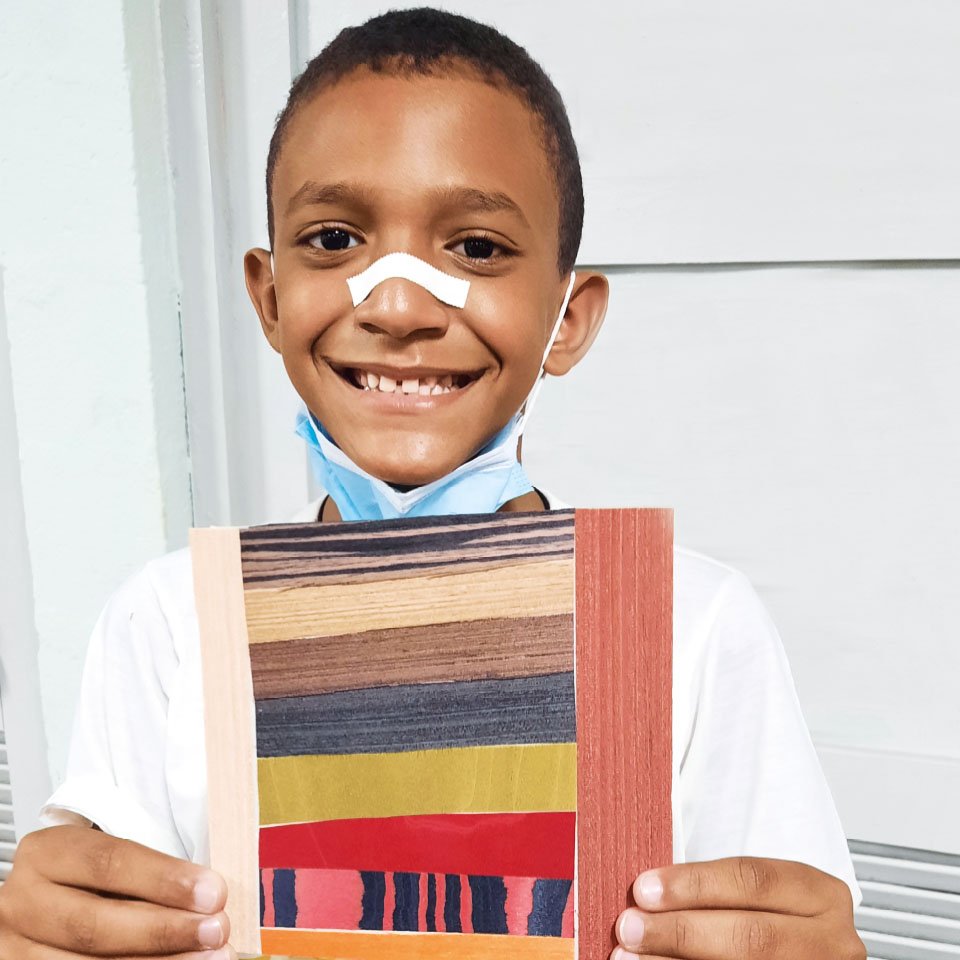


AN ART THAT TRANSFORMS
The project TRILHAR A ARTE QUE TRANSFORMA
(Treading – an art that transforms) takes the public
to tread the paths whereby art transforms Earth’s
various elements into works of extreme beauty (fine
art) and to get in contact with processes that convey
sustainability (Creative Economy).
It is no coincidence that the Trilhar project chose
art as a paradigm, since in all its different forms of
expression art helps us elaborate our thoughts and
build and resignify things, objects and feelings. It
exercises our imagination and calls attention to the
importance of our history and our memories to the
way we live in society.
About CTG Brasil
CTG Brasil strives to develop the world with clean energy on a large scale. The country’s second largest private energy generation company, it counts on its dedicated local talent and is committed to give a contibution to Brazil’s energy matrix, guided by social responsiblity and respect for the environment. The company has invested in 17 hydropower plants and 11 wind parks, with a total installed capacity of 8.3 GW. Created in 2013, it is part of China Three Gorges Corporation, one of the world’s leaders in clean energy generation.


THE MINISTRY OF TOURISM, THE SPECIAL DEPARTMENT OF CULTURE AND CTG BRASIL PRESENT:
COLLECTIVE CREATION
A BETTER AND
SUSTAINABLE WORLD
MUSEUM AND CONVENTION HALL PROFESSORA NARA LÚCIA NONATO
ILHA SOLTEIRA - SP
OPEN TO THE PUBLIC DEC 3 - DEC 31, 2022
MON: FRI 8 A.M. - 5 P.M.
SAT: 2 P.M. - 10 P.M.
SUN: 4 P.M - 8 P.M.
Rubens Fernandes Junior
A BETTER AND
SUSTAINABLE WORLD
With this exhibition, where the main characters are the students from some public schools in the city
of Ilha Solteira and surroundings, we close the successful Trilhar project - the art that transforms, which
was based on three pillars that are on the agenda of the contemporary world: Biodiversity, Sustainability,
and Heritage.
More than 1300 students were involved in a bold interdisciplinary educational project that also involved teachers
and the community, with the aim of expanding the knowledge of children and teenagers through visits to the exhibitions
held at the Professor Nara Lúcia Nonato Museum and Convention Center.

The program has achieved its main goal - to be an instrument of social transformation through art and culture.
The Trilhar project focused its action on its educational potential from the exhibitions held - The Waters by
Araquém Alcântara; From Discard to Art, marquetry works by Danilo Branco, and Sustainable Ceramics - from soil to object -
Women Ceramists, curated by Fernando Zelman. Throughout the semester these exhibitions were visited by thousands of
students, who were impacted by the works - photography, marquetry, and ceramic sculpture. Part of them participated
in specific creation and awareness workshops, which aimed to sensitize and inspire the students.
The groups created their visual works from the exhibitions, which we now have the opportunity to
show, even partially, to the community. It is incredible to see how this rich experience of collective work
from specific stimuli has awakened in each student a consciousness of citizenship and of being socially responsible.
We see what we are, and what we are depends on what we see. From this articulation between seeing and being, t
he students were invited to participate in activities outside their class routine and stimulated to freely
foster their creativity. Illustration, watercolor, collage, and sculpture workshops, four expressive languages
that boosted the memory and identity of the community. The result is this exhibition that values the activity
developed and the self-esteem of everyone who got involved with the project.
With some certainty, we can say that each student who took this journey of knowledge and awareness crossed
a new frontier that will take them to other crossings. Now, in their dreams, there will always be the prospect
of better understanding this great mother we call Earth. We are interdependent. In each gesture, in each observation,
in each new experience, will be marked by the time lived in the past months.
Telling a story is always including in it our memories that will be forever marked by the respect for nature
and heritage. This is what inspired the Trilhar project and all those involved: to idealize and dream of a
more promising future. To think and share the magic of life in a much broader, richer, and more interesting way.
Gallery

Apoio

Patrocínio

Realização



